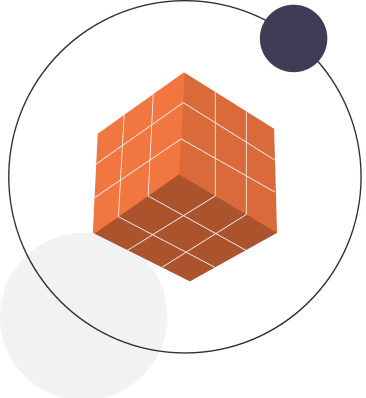How FinAnalyz Work
FinAnalyz A Finance Aggregation Platform
FinAnalyz works by connecting to users’ various financial accounts and aggregating the data into one central location. Here is a step-by-step overview of how a finance aggregation platform works

Finanalyz
Comprehensive view of a user’s financial situation

Account connection
The user connects their financial accounts to the platform, which can include bank accounts, credit cards, investment accounts, and more. The platform may use APIs or other integrations to securely connect to the user's accounts.

Data aggregation
Once the accounts are connected, the platform retrieves data from each account and aggregates it into a central dashboard or interface. This can include transaction history, balances, and other relevant financial data.

Categorization
The platform then categorizes each transaction based on the type of expense, such as groceries, rent, or entertainment. This helps users better understand their spending habits and identify areas where they can save money.

Analysis
The platform may provide tools and reports that allow users to analyze their financial data, such as spending trends, income versus expenses, and net worth.

Alerts and notifications
The platform may also offer alerts and notifications for upcoming bills, low balances, or unusual account activity. This can help users stay on top of their finances and avoid late fees or fraudulent charges.

Recommendations and advice
Some finance aggregation platforms may offer personalized financial advice or recommendations based on the user's financial data. This can include suggestions for budgeting, saving, and investing.
How it works
Ready to use.
Perfect fo anything

Information Gathering
The first step involves the collection of financial data from various sources such as banks, credit card companies, investment accounts, and other financial institutions. This data can include transaction details, balances, interest rates, fees, and other relevant information. The platform uses secure API connections and/or screen scraping techniques to extract the data from the different sources.
Data Organization
Once the data is collected, the platform aggregates and organizes it in a way that is easy to understand for the user. The platform may use algorithms and machine learning to categorize transactions, detect patterns, and provide insights on the user's financial health. The platform can display the data in various formats such as charts, graphs, and tables to help the user visualize their financial status.


Analysis and Recommendations
The final step involves analyzing the user's financial data and providing recommendations on how to improve their financial health. The platform can offer personalized advice on budgeting, saving, investing, and managing debt. It can also suggest financial products and services that are suitable for the user based on their financial profile.
